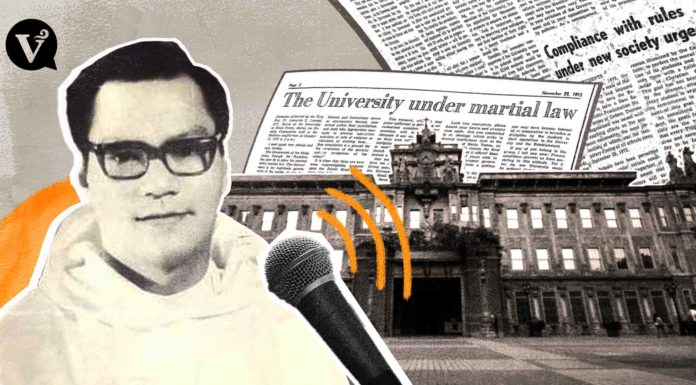in the beginning, God said, “Let there be light,” and light there was.
Could it be that the “light” mentioned in the Bible, accurately describes the beginning of the universe? Does science agree with faith?
The Big Bang theory proposes that the creation of the universe was due to a huge explosion much like of a primeval fireball, and that the celestial bodies and other elements were produced within the first few minutes after the explosion. This happened when the extremely high temperature and density of the universe fused with subatomic particles to become chemical elements. The theory also suggests that all matter and energy were created in a single particle that continues to expand.
When the Big Bang theory was first introduced in 1927 by Belgian monk Georges Lemaître, scientists dismissed it as improbable. Matter, according to science, could not have been created out of nothing. Two years later, Harvard astronomer Edward Hubble observed that the galaxies were rapidly receding from one another, supporting an expanding universe. Since then, the Big Bang has become the basis for understanding the earliest stages of the universe and its subsequent evolution.
The cosmological theory has been strongly backed by the detection in 1965 of cosmic microwave background radiation left behind by the primeval fireball, together with a more recent discovery in 1992 by the Cosmic Background Explorer satellite that the universe was created abruptly in a primordial explosion. Another major evidence supporting the theory is the abundance of the light elements hydrogen and helium in the universe.
According to physicist Dr. Augusto Morales of the College of Science Department of Mathematics and Physics, scientists today are trying to bridge the understanding of the four fundamental forces of nature—the strong, weak, electromagnetic, and gravitational forces—in a unified force from where the universe began. It was hypothesized that at time zero or the moment of singularity, those four forces began to branch out from this one single particle.
“Even today, science cannot grasp the initial moments of creation. Our equations explain the early universe quite effectively, but as we move back in time, approaching time zero, suddenly our math disintegrates, and everything becomes meaningless,” says Vittoria in Dan Brown’s novel Angels and Demons. This is particularly true for equations which cannot or have no interpretations for infinite quantities or the problem of divergences.
With the development of more powerful and sophisticated telescopes, scientists can take data of the beginning of the universe. Since light travels slowly in relation to the breath of the universe, there are images that can be captured that would give a glimpse of the beginning of the universe.
“The thing is, until we see that picture—if we will see that picture—we cannot draw any firm conclusion. We don’t really know how old the universe is, we only know for a fact that the universe is expanding, as given by Einstein and verified experimentally,” Morales said. “The specific age of the universe is still speculative.”
In 1988, Stephen Hawking, a British theoretical physicist, described a self-contained universe, in his book A Brief History of Time.
“So long as the universe had a beginning, we could suppose it had a Creator. But if the Universe was really self-contained, having no boundary or edge, it would have neither beginning nor end, it would simply be,” Hawking said.
The question of the beginning of the universe has always been linked to theology. If indeed the universe began at one time beyond established physical realm, it can only point to a supernatural cause. Is science discovering God? Only time can tell. With reports from Life Today Magazine and www.big-bang-theory.com
















